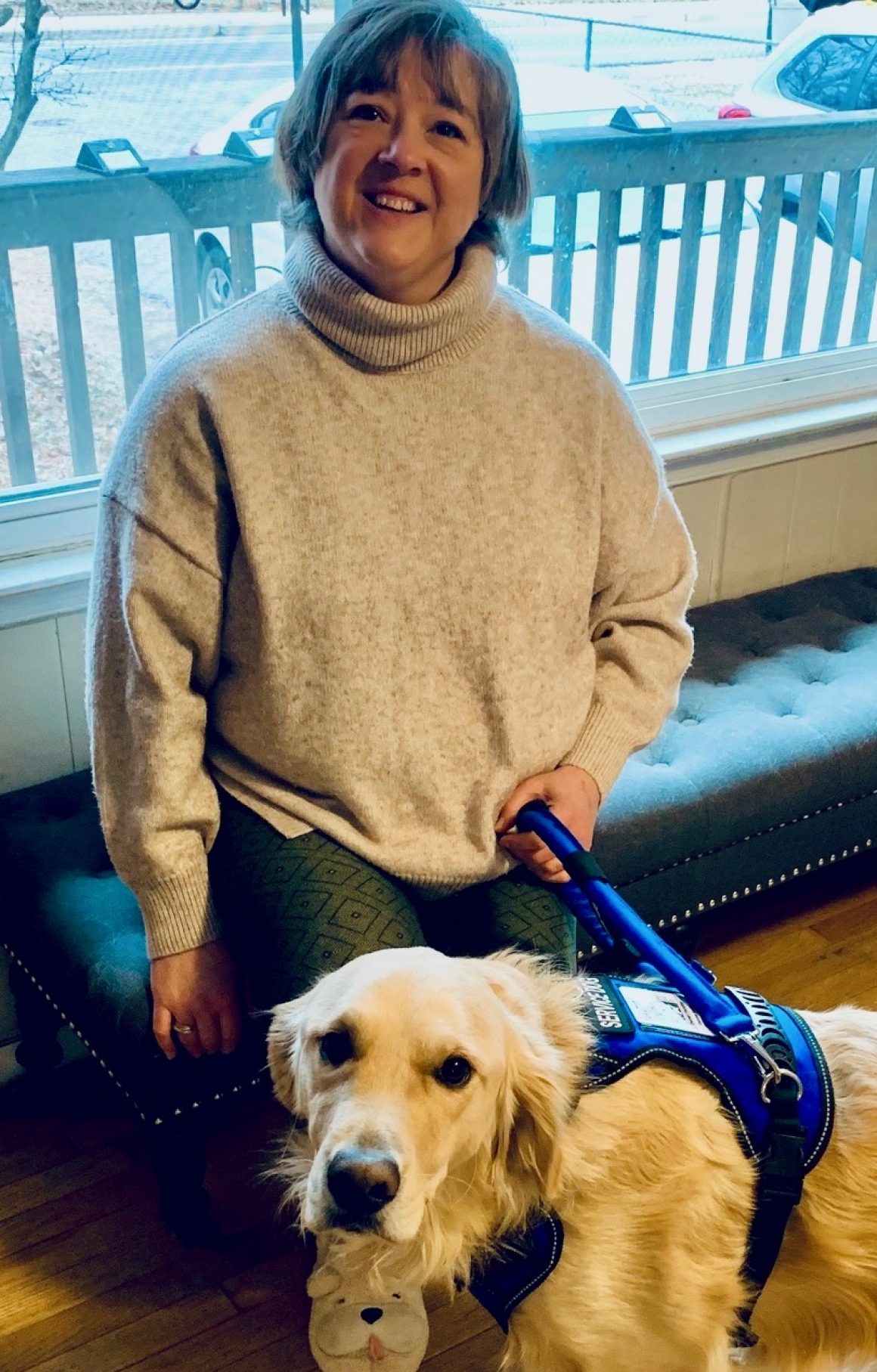We are all ambassadors… of SOMETHING.
We are a living, breathing, advertisement of “something”. How you choose to live your life, and how that choice is reflected in your daily interactions with others is so important. We don’t realize when someone is watching, listening, or studying how we live. I think it is so important that people with invisible and visible disabilities live their lives in a way that reflects how their disability doesn’t overshadow their abilities. I suppose being a mother I have always been cognizant of “who is watching”. But now that my kids are grown and in college, they rarely study mom and her life anymore. Others are watching, however.
I shouldn’t be surprised when people stop me to ask questions or make an observation. In spite of having invisible disabilities (“hearing again” with a cochlear implant, and Meniere’s disease), I try to make them visible so that I’m not taken by surprise by not hearing something or getting bumped by “I’m in a hurry” people. I wear “bling” on my cochlear implant to draw attention to the fact that I hear differently than folks with normal hearing. I am with the constant companion of my hearing assistance dog, Chloe. Let’s face it. Nothing draws attention to “something is different about me” more quickly than entering places of business with a service dog. But in spite of my own mom’s occasional teasing of “you’re such a drama queen”, the biggest reason I am visible about who I am is because I’m not ashamed of it. I welcome questions and curious people. Hearing loss is so misunderstood. People seem to understand the culturally Deaf. People born deaf and then choose to embrace American Sign Language as their primary means of communication seem to be understood better than those who are adventitiously deaf and choose technology, surgery, speech reading, and spoken language.
Baby boomers were recently cited as a fast growing “hearing loss” crowd. (Story can be accessed here). Yet young people are part of a new (and alarming) growing crowd of individuals with hearing loss as the result of iPods, concerts, and environmental noises. (Story can be accessed here). I am proud of my cochlear implant and proud that I am now independent thanks to the assistance of my service dog. I don’t have to worry about what I am not hearing thanks to her alerts, and I know if I drop something she will be right there to pick it up for me. I like being an ambassador.
It’s not always easy. Sometimes I’m in a hurry and do not really want to stop to answer questions. That’s why I try to carry my card with me so that people can contact me through email. I also carry information about my cochlear implant and information about Fidos For Freedom. (We discussed how to handle questions when in a hurry at a recent client chat at Fidos For Freedom!) In this way, even when I am in a hurry I can still be a good ambassador for people with hearing loss and people with service dogs. Am I always a good ambassador?
No. No one is perfect. You are going to have “bad days”.
In spite of those bad days, however, I encourage you to remember that people watch you. Some are people who know about your invisible or visible disabilities. Others may be folks who know nothing about you. I love meeting other “great ambassadors”. If we ever “meet up” in public, don’t be surprised by a HIGH 5 from me!
Denise Portis
© 2011 Personal Hearing Loss Journal


